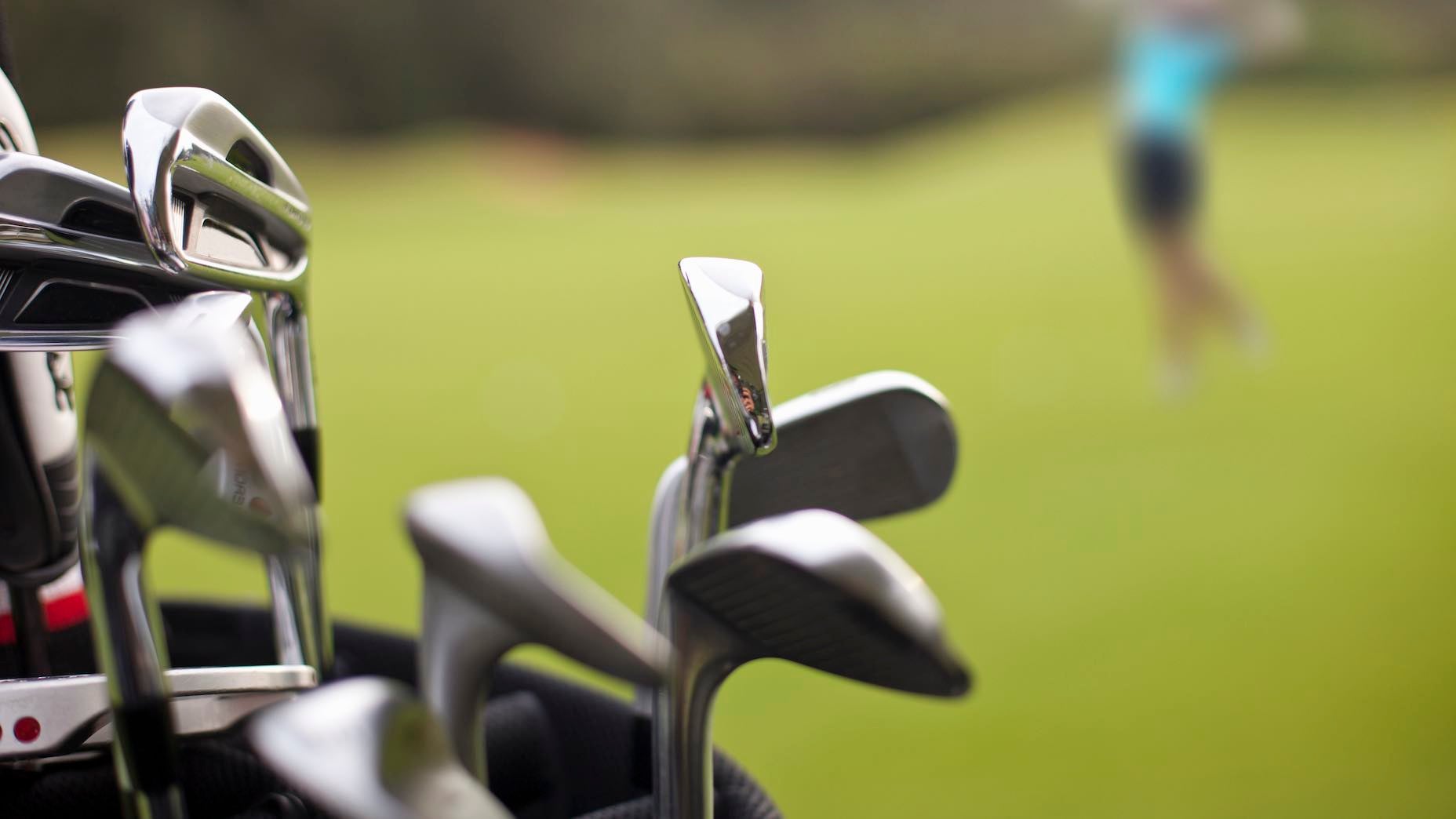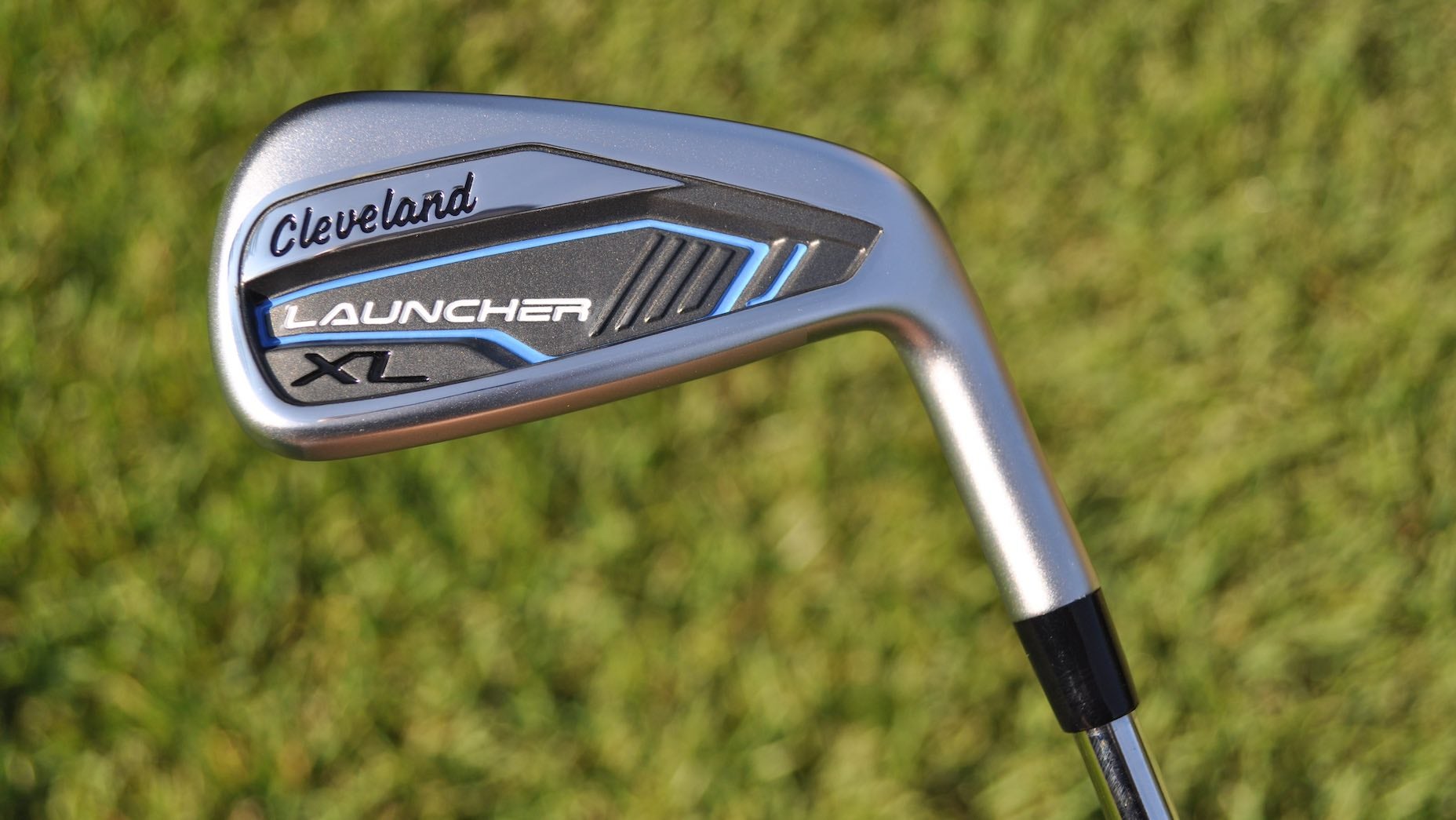
A plethora of options exist in the iron market. It’s all about narrowing down the right fit for your game.
Getty Images
Welcome to another edition of the Fully Equipped mailbag sponsored by Cleveland/Srixon Golf, an interactive GOLF.com series in which our resident dimplehead (a.k.a., GOLF’s managing editor of equipment, Jonathan Wall) fields your hard-hitting gear questions.
I’m looking to buy my first set of new irons and was wondering if there’s anything I should prioritize before making the purchase?
Outside of the driver, you won’t make a more expensive club purchase than a new set of irons. We’ve beat the drum on the importance of club-fitting for years now, so I won’t shove the same suggestion down your throat. Whichever direction you decide to go, have a reliable sounding board with some gear knowledge in your corner during the process.
Don’t go it alone.
You didn’t mention a handicap, so I’m going to assume you’re a mid-handicapper who’s springing for a new set after getting a handle on their game. I’d prioritize dispersion over any of the measurables if that’s the case. Depending on your current iron situation, it’s possible you could gain an extra club and tighten dispersion, but I wouldn’t fixate on ball speed.
So long as carry yardages are relatively close to your current set, you should be good to go. Pairing those numbers with an iron that gets you closer to the hole and/or positions you in the rough instead of the trees will save you shots. That’s a guarantee. And if you find an iron head that’s consistent but launch or spin is slightly above the preferred range, it’s very likely a different shaft can get you where you need to be.
All of our market picks are independently selected and curated by the editorial team. If you buy a linked product, GOLF.COM may earn a fee. Pricing may vary.
Cleveland Launcher XL irons
Don’t be deceived by the sleek look: Cleveland Golf’s Launcher XL irons are designed for the game-improvement golfer who needs an abundance of forgiveness and technology.
Something else I’d consider is where your game is trending. If you were a 20 handicap 6 months ago and now sport a 16, I would at least strongly suggest growing into a smaller profile. No, I’m not telling you to pick up a set of muscleback blades. What I am telling you to do is look at different player distance models instead of resigning yourself to playing a true game-improvement product.
The introduction of hollow-cavity designs has made it easier for club engineers to pair game-improvement forgiveness with a profile that’s a shade bigger that a better player iron. Some of these heads even look like a blade. If you don’t believe me, check out the Cleveland Launcher XL and Mizuno Pro 225.
Most golfers play the same set of irons for 7 to 10 years, so it’d make sense to at least discuss the idea of getting into a smaller profile — that’s also loaded with forgiveness — you can grow into down the road as your game continues to improve. It’ll also save you from having to go through a similar situation in 3-5 years as your handicap continues drop.
It feels like a win-win for your game and pocketbook.
Want to overhaul your bag for 2022? Find a fitting location near you at GOLF’s affiliate company True Spec Golf. For more on the latest gear news and information, check out our latest Fully Equipped podcast below.










